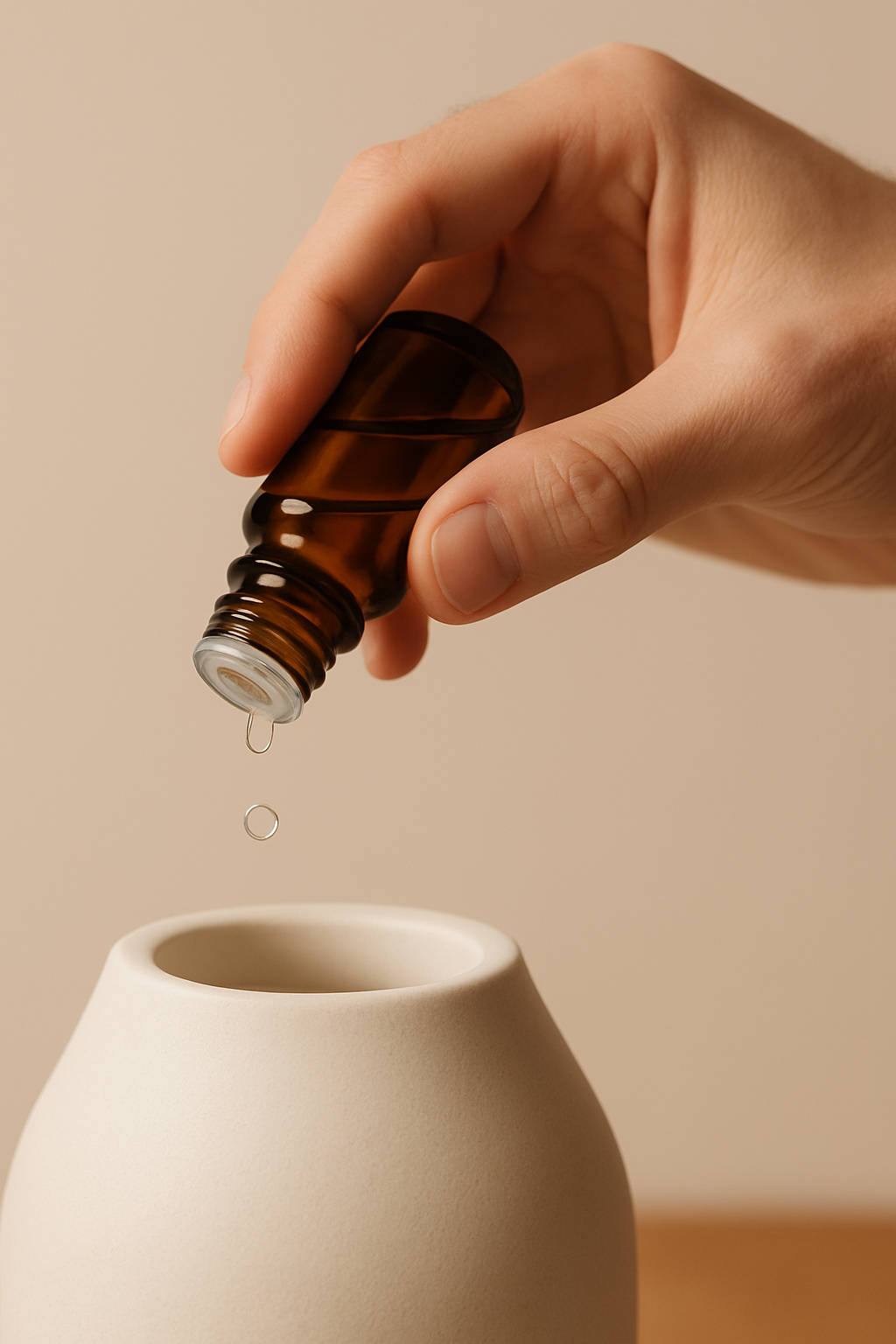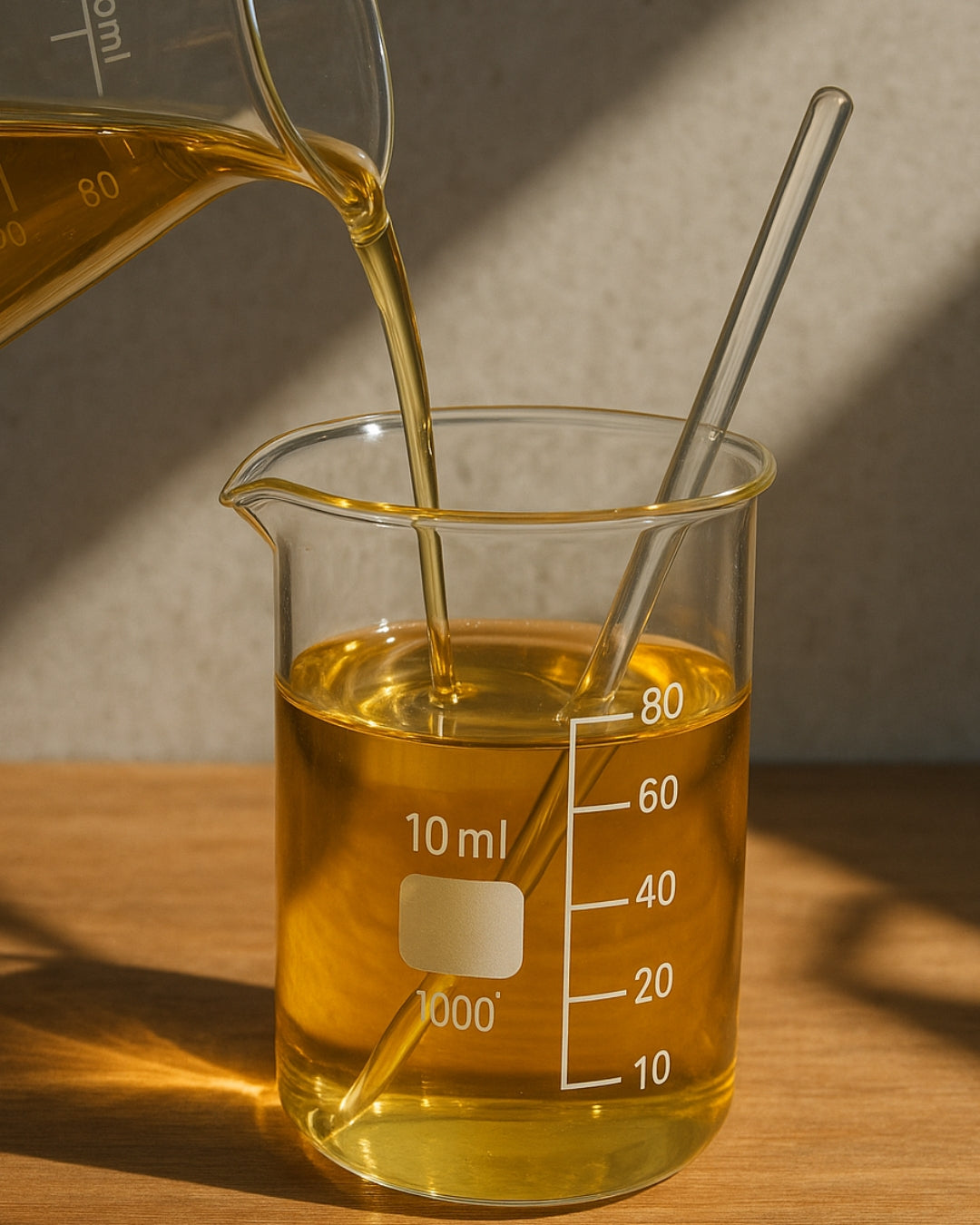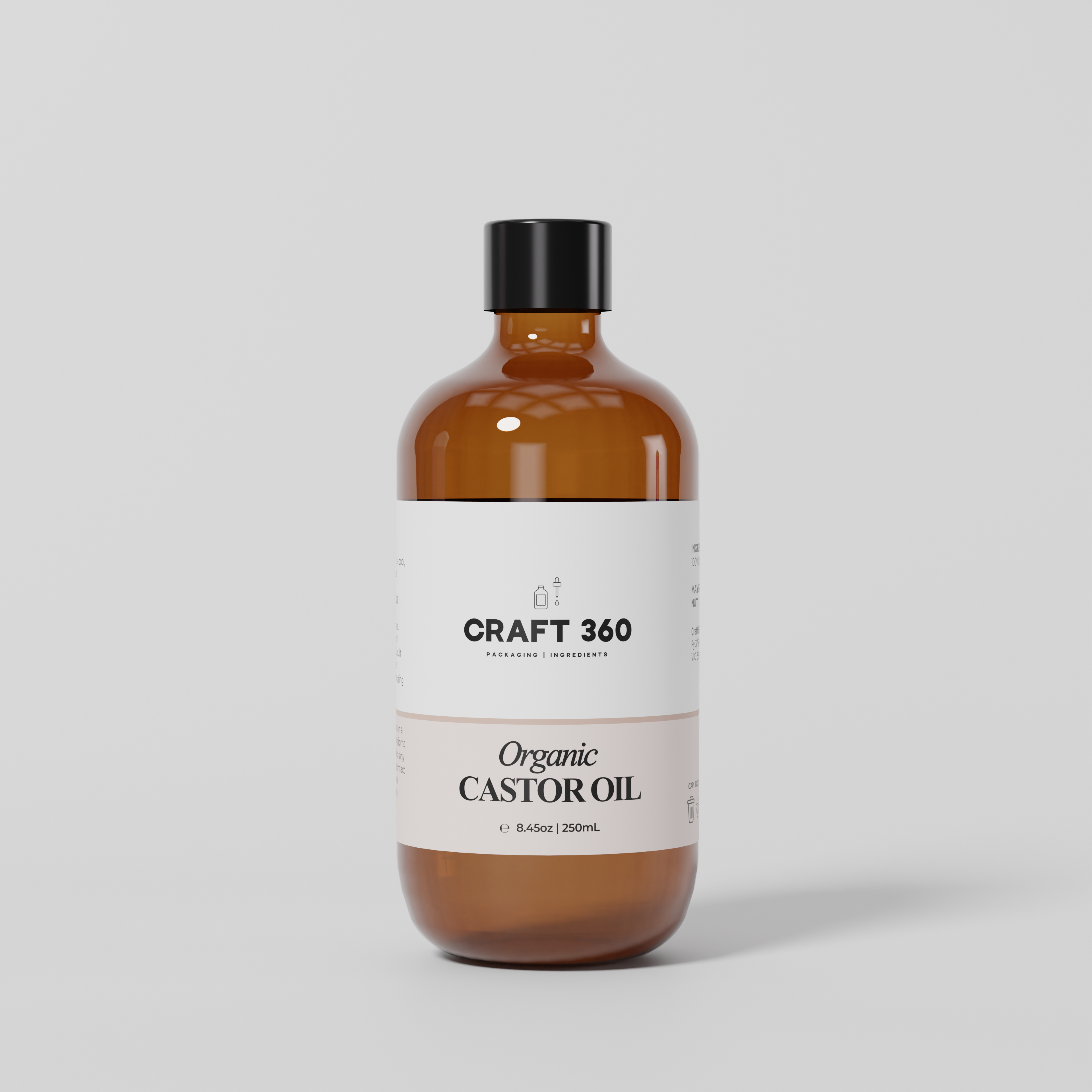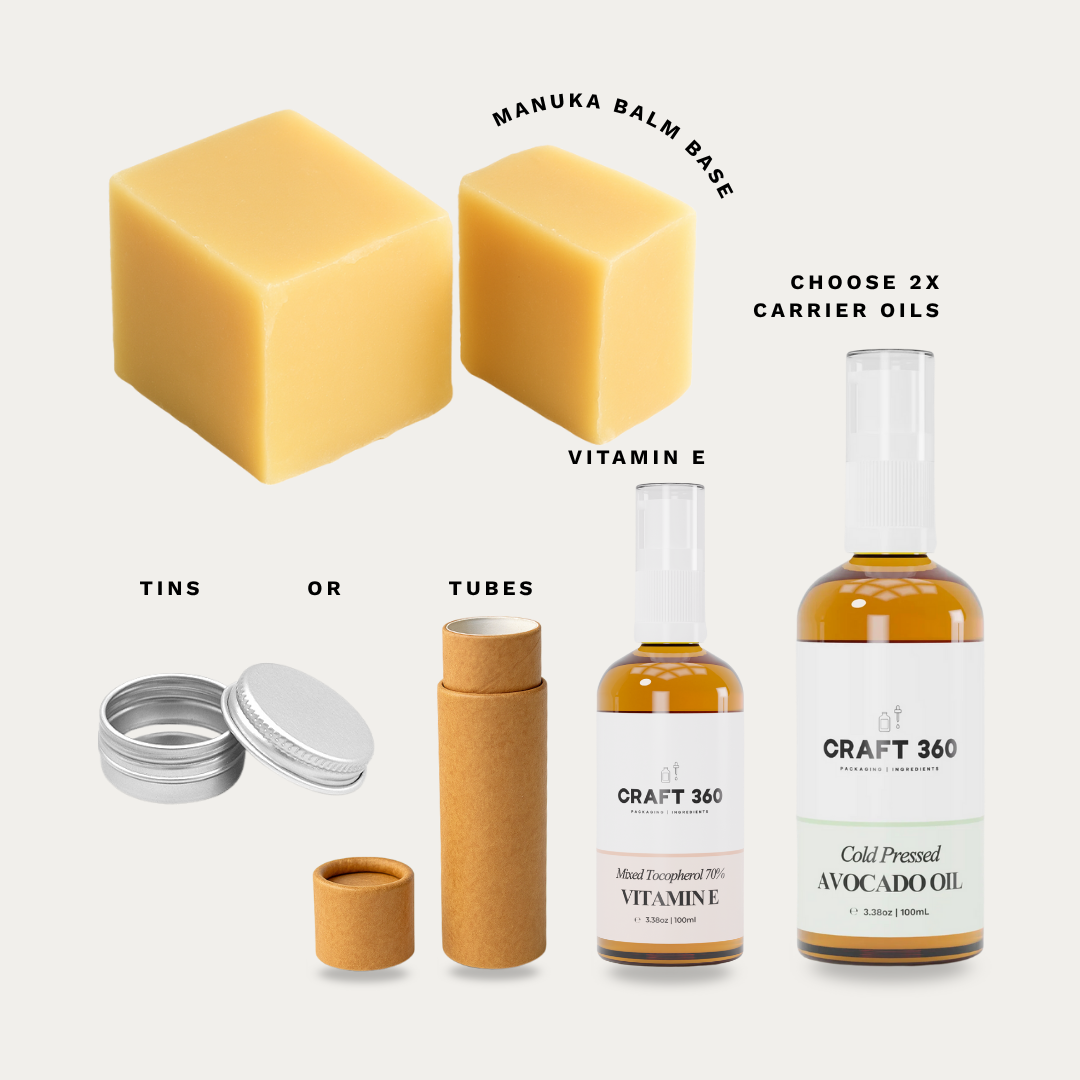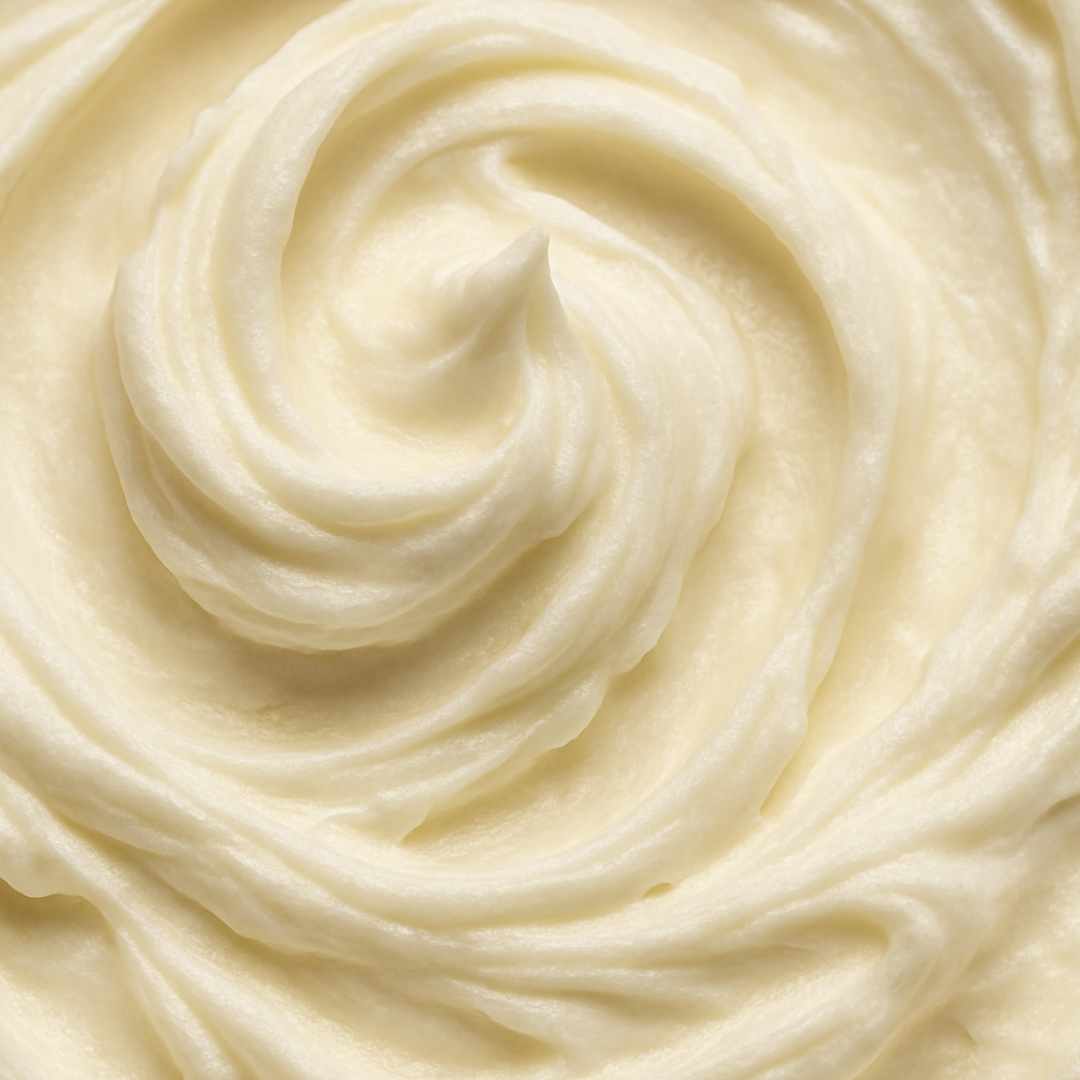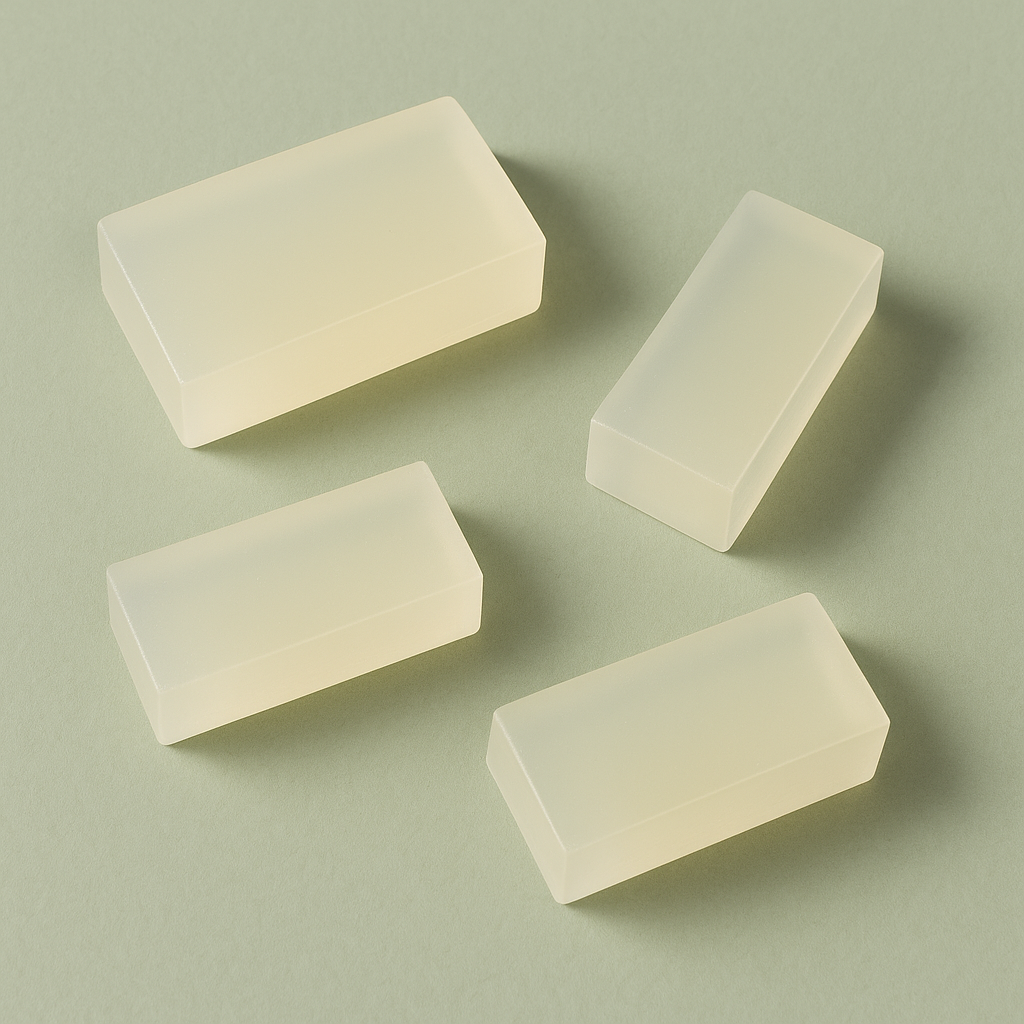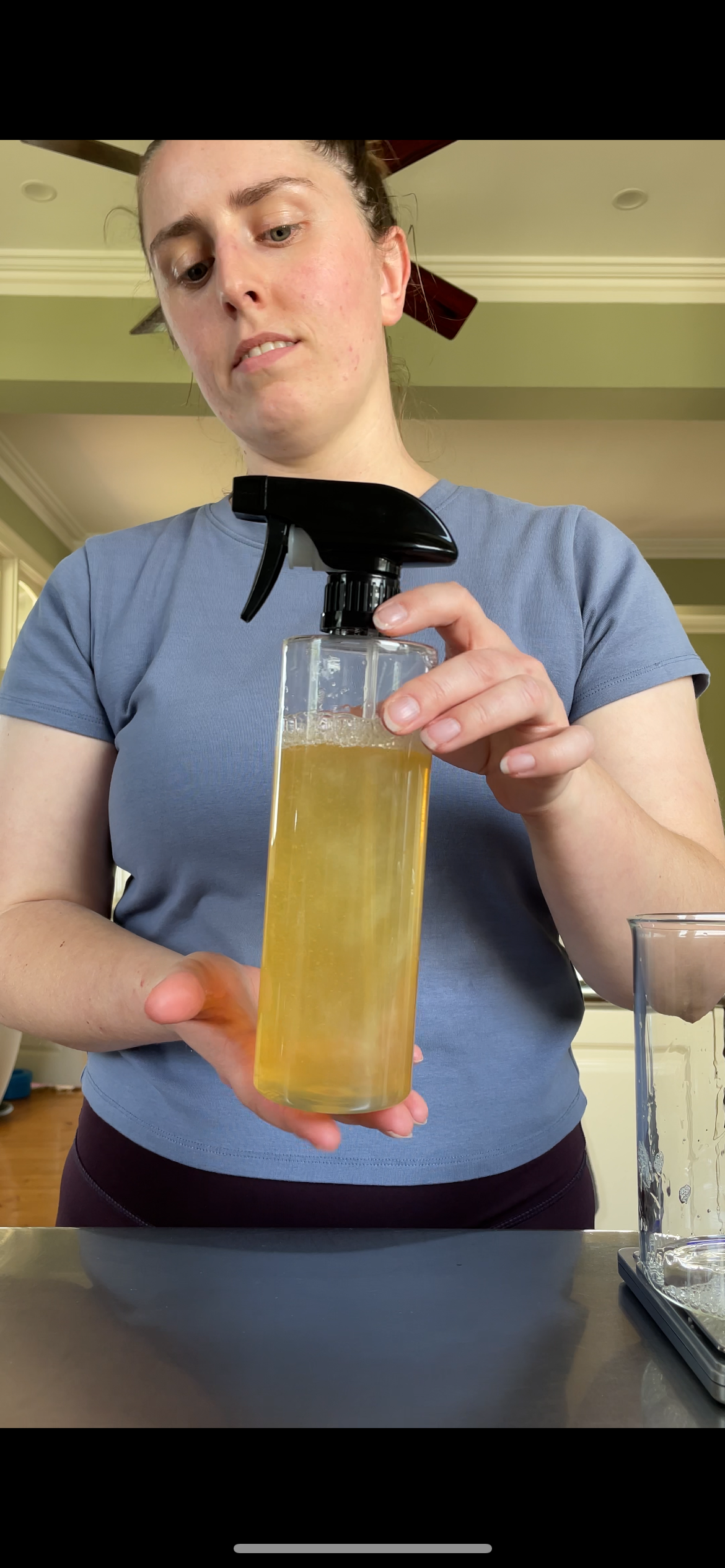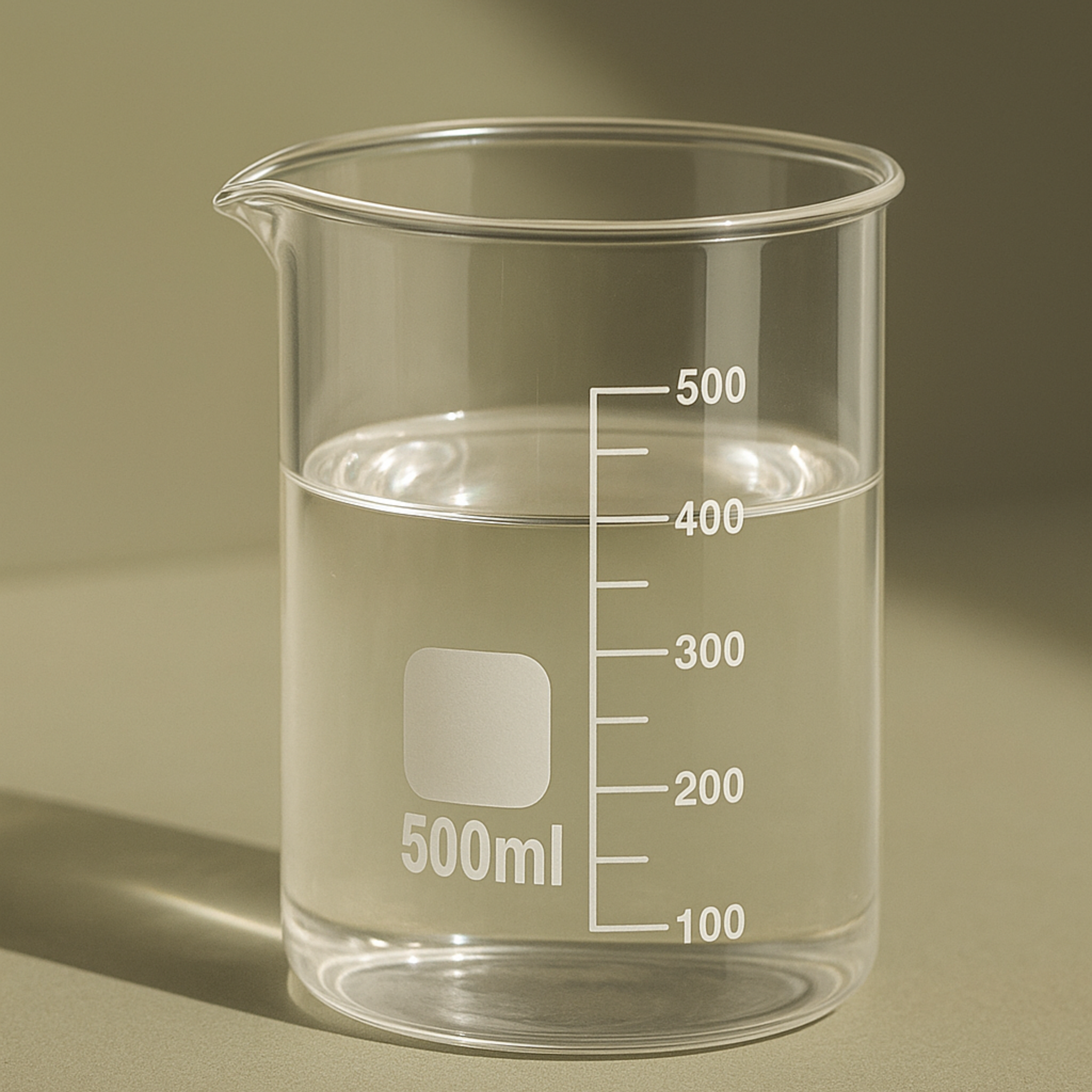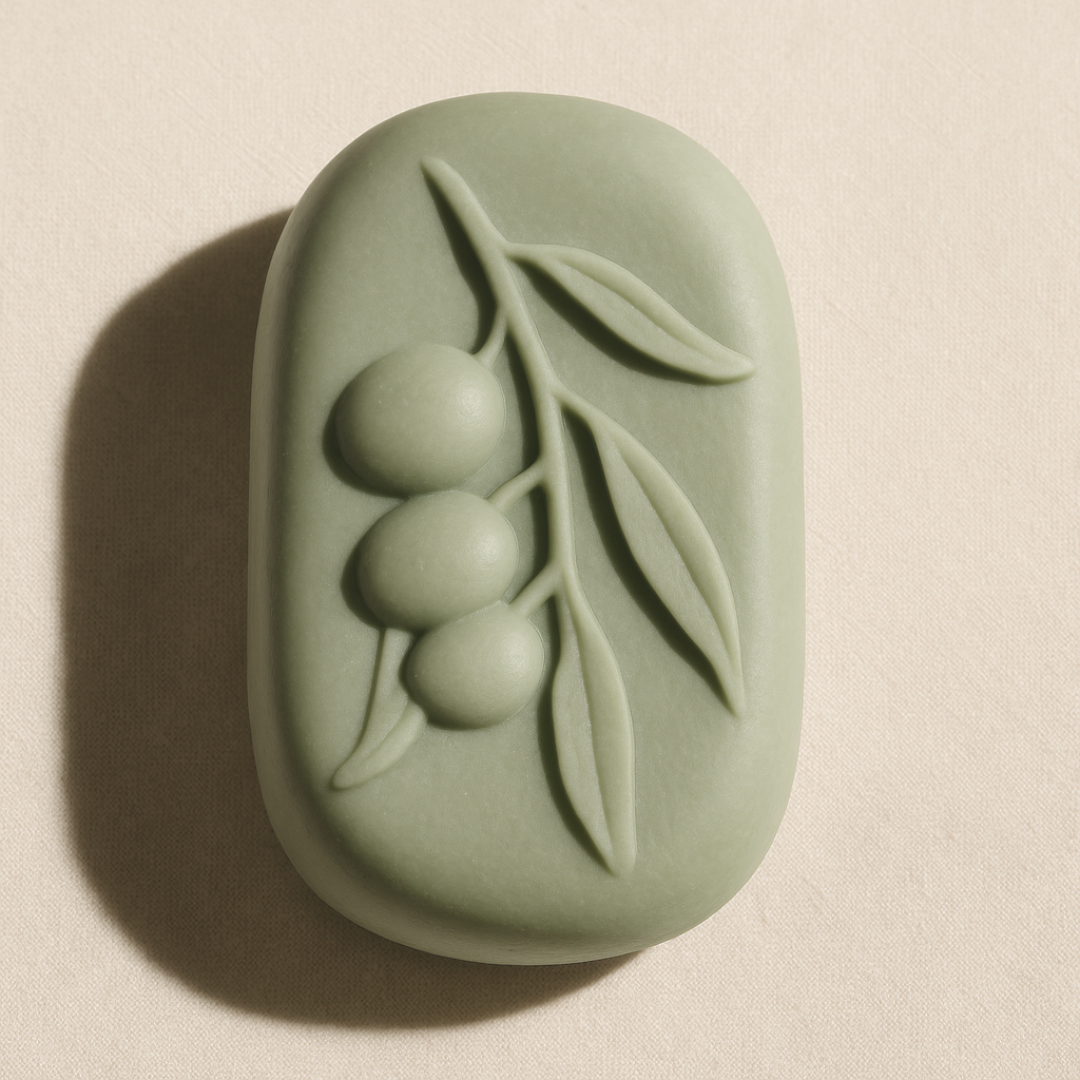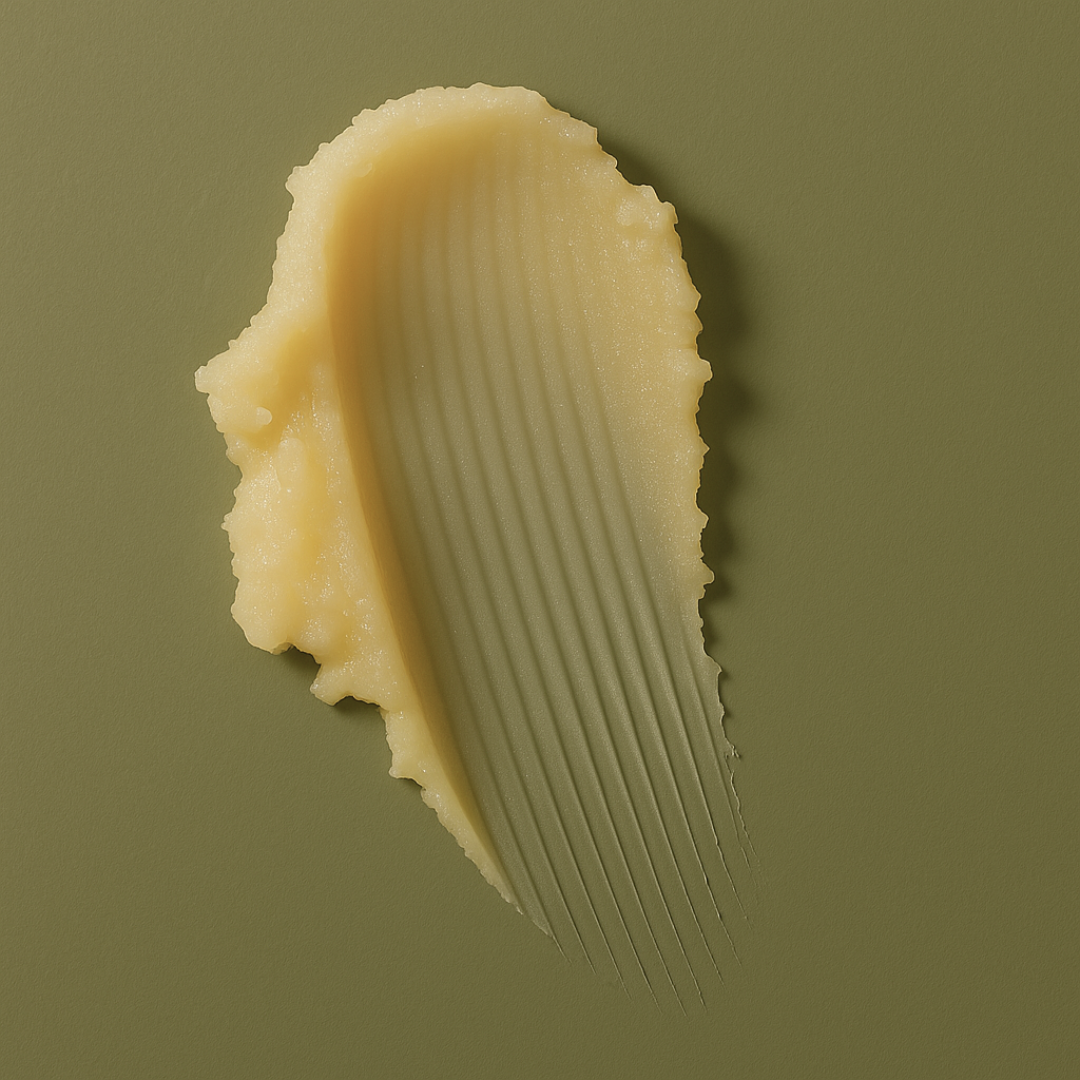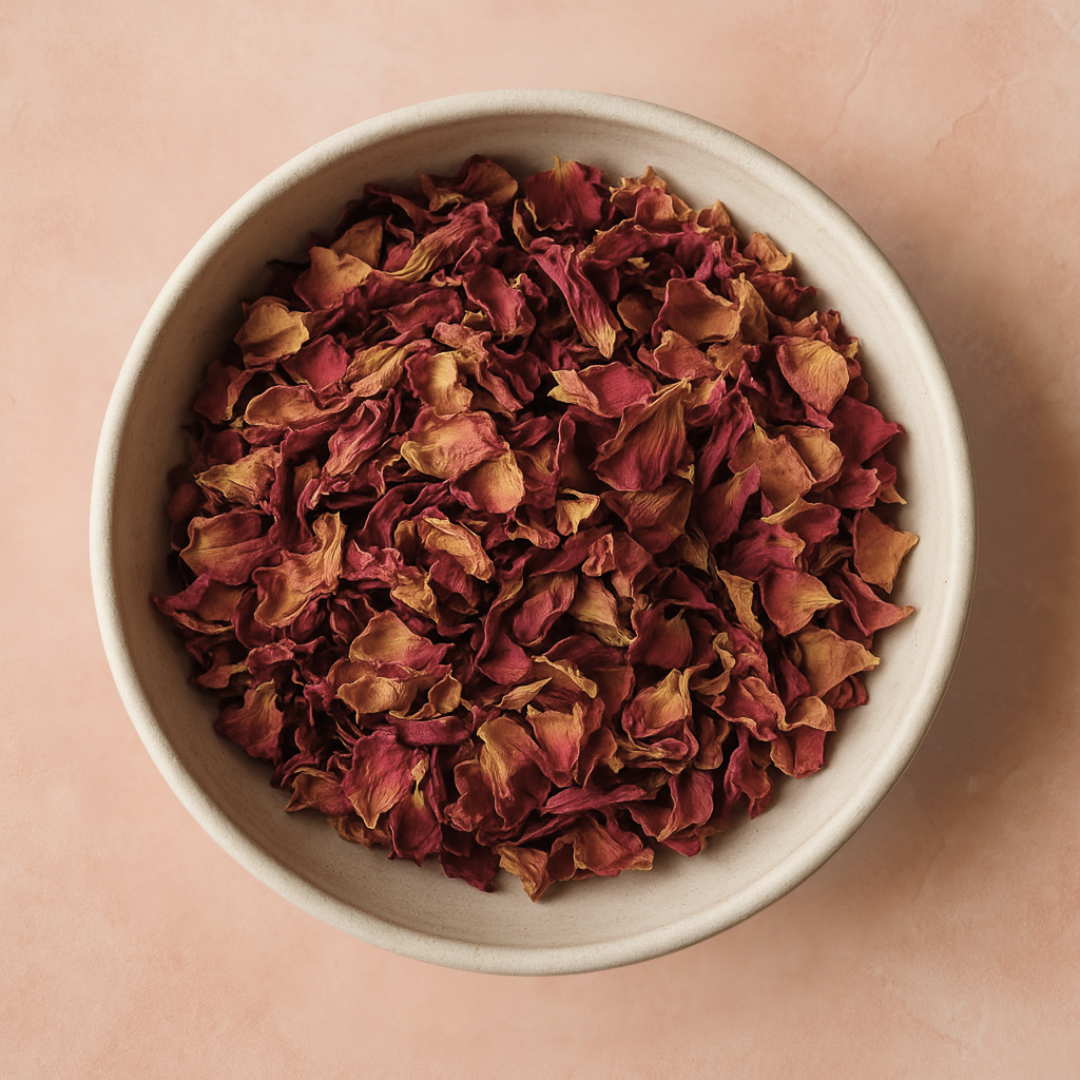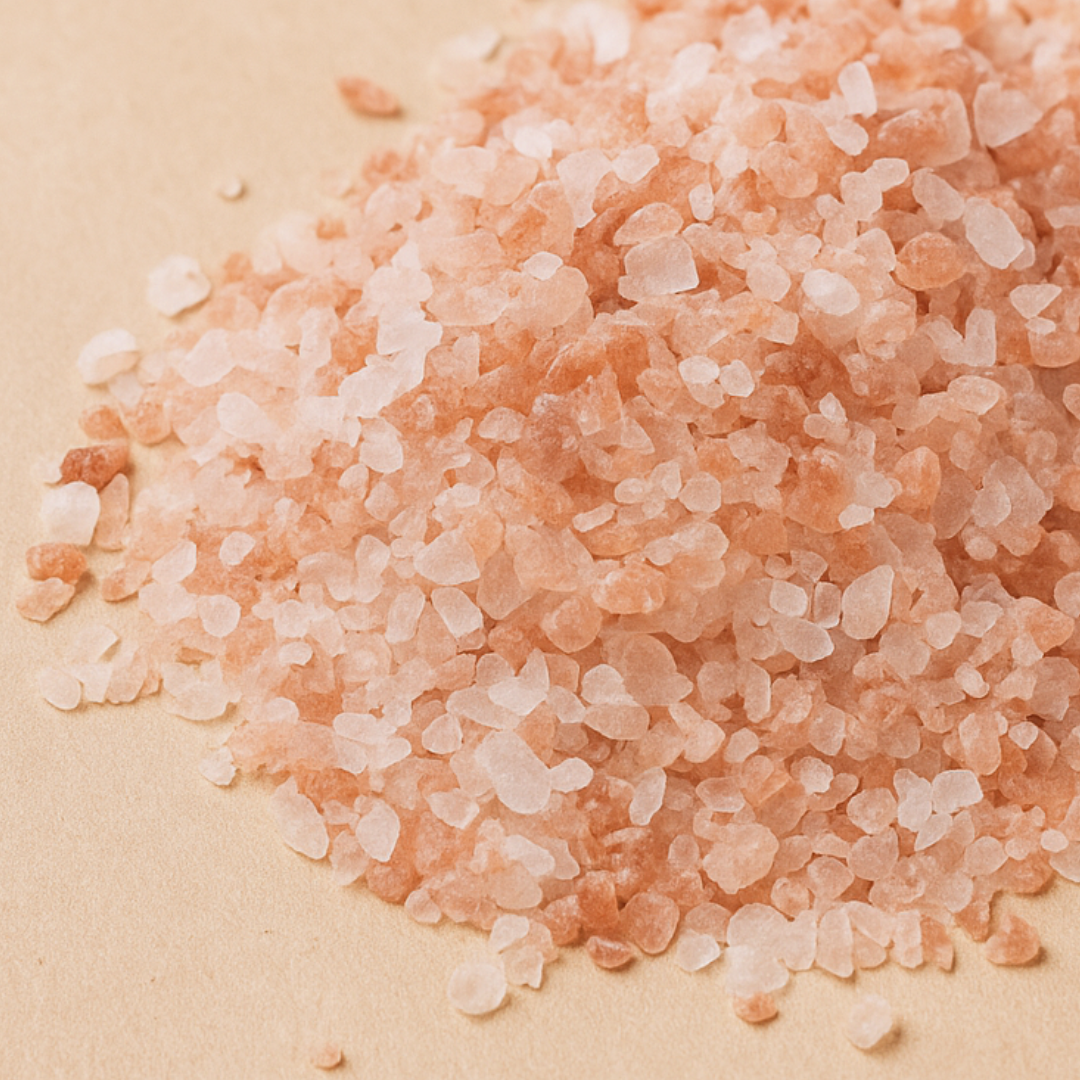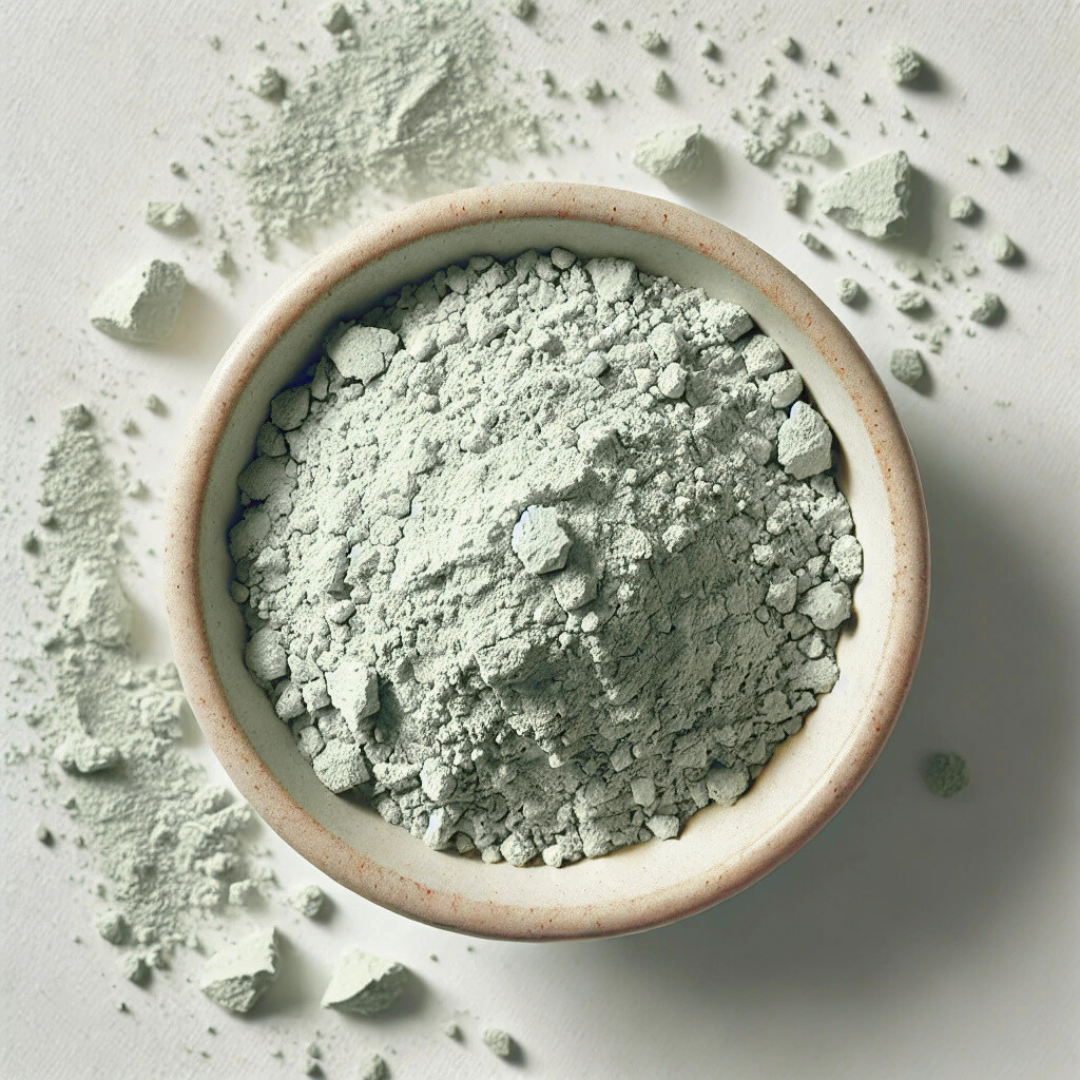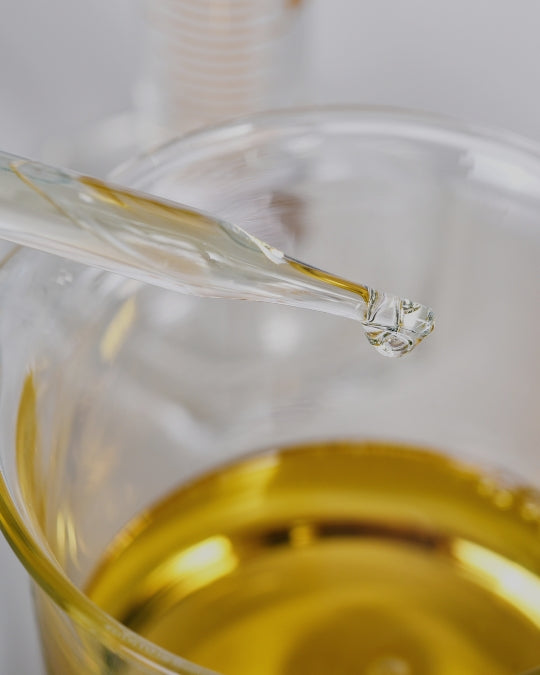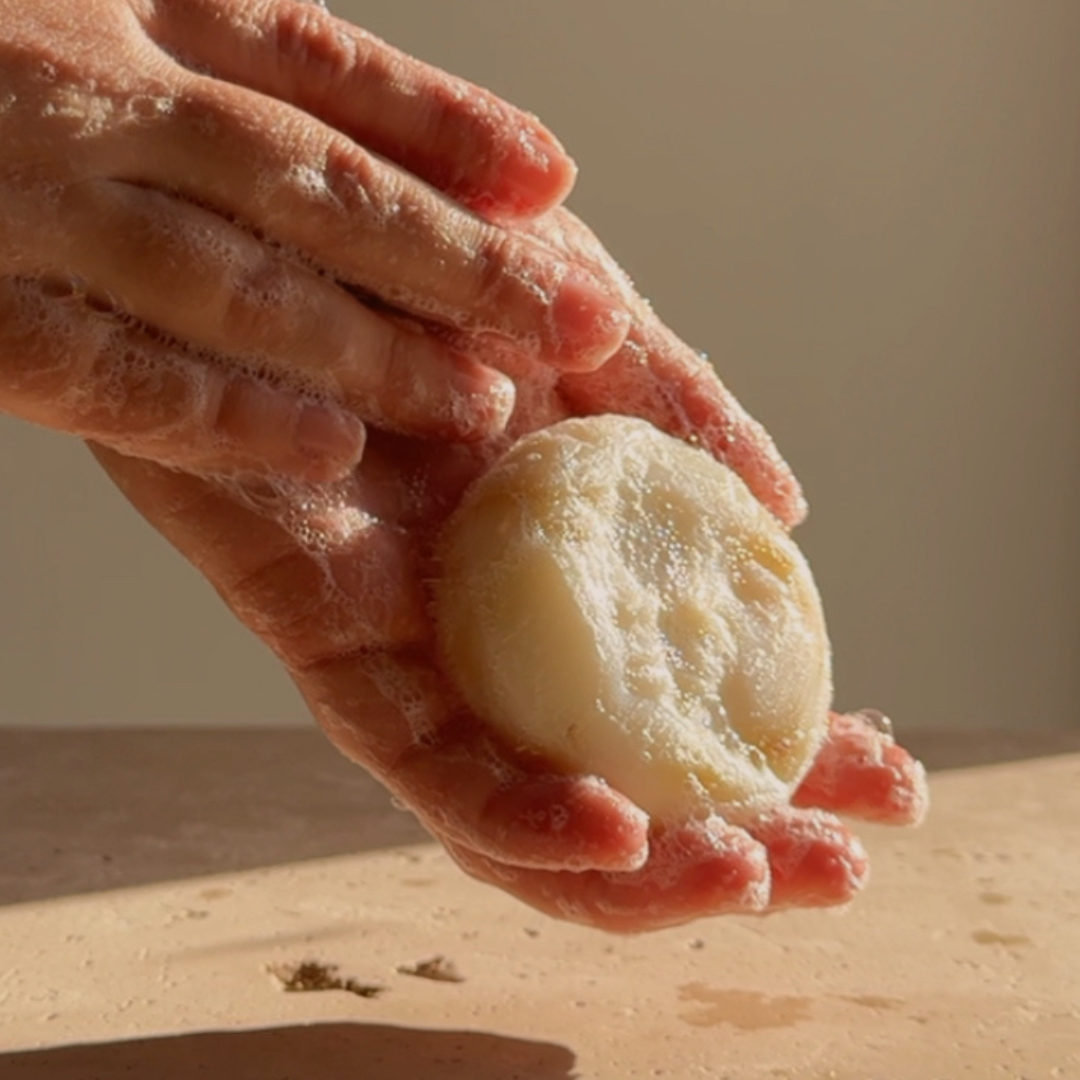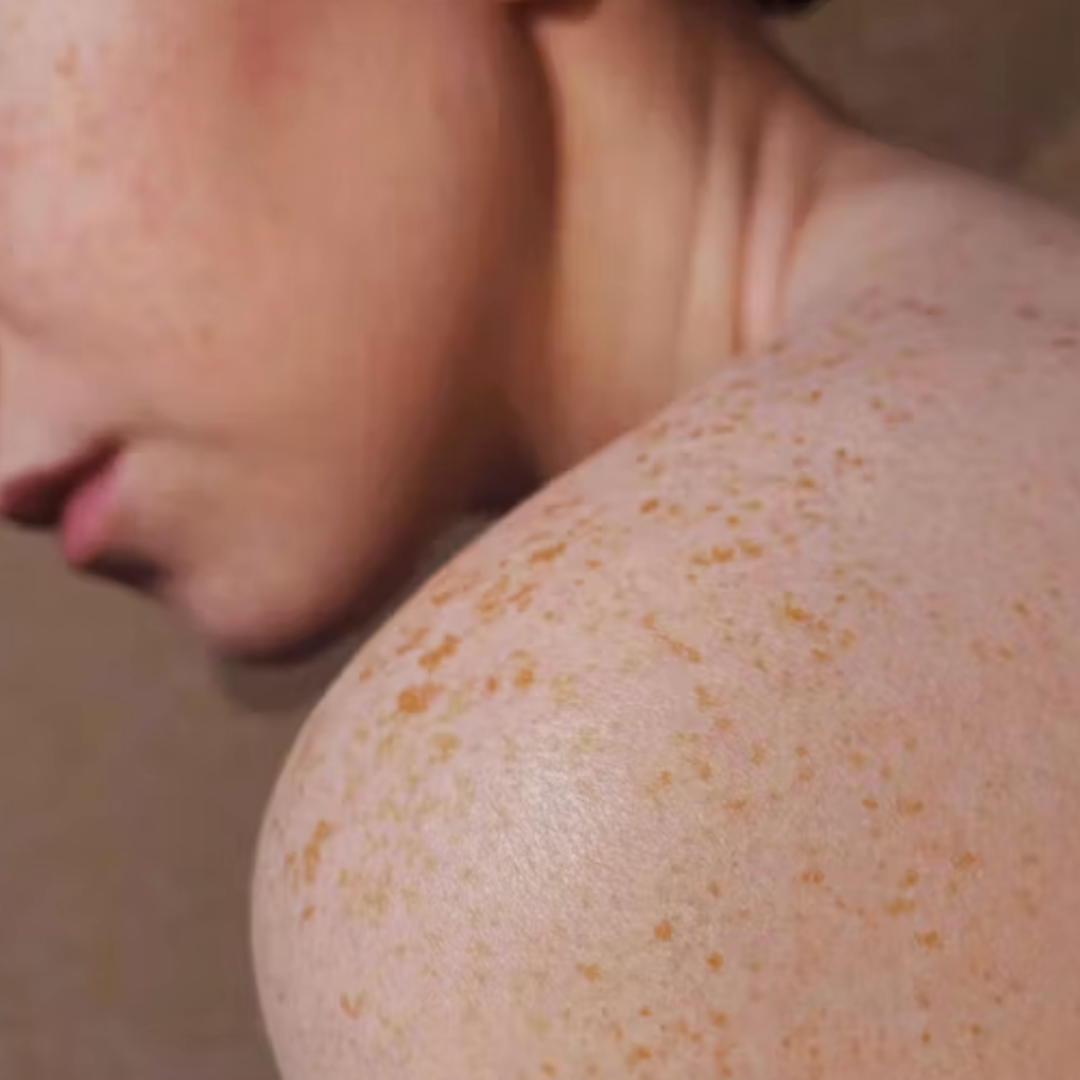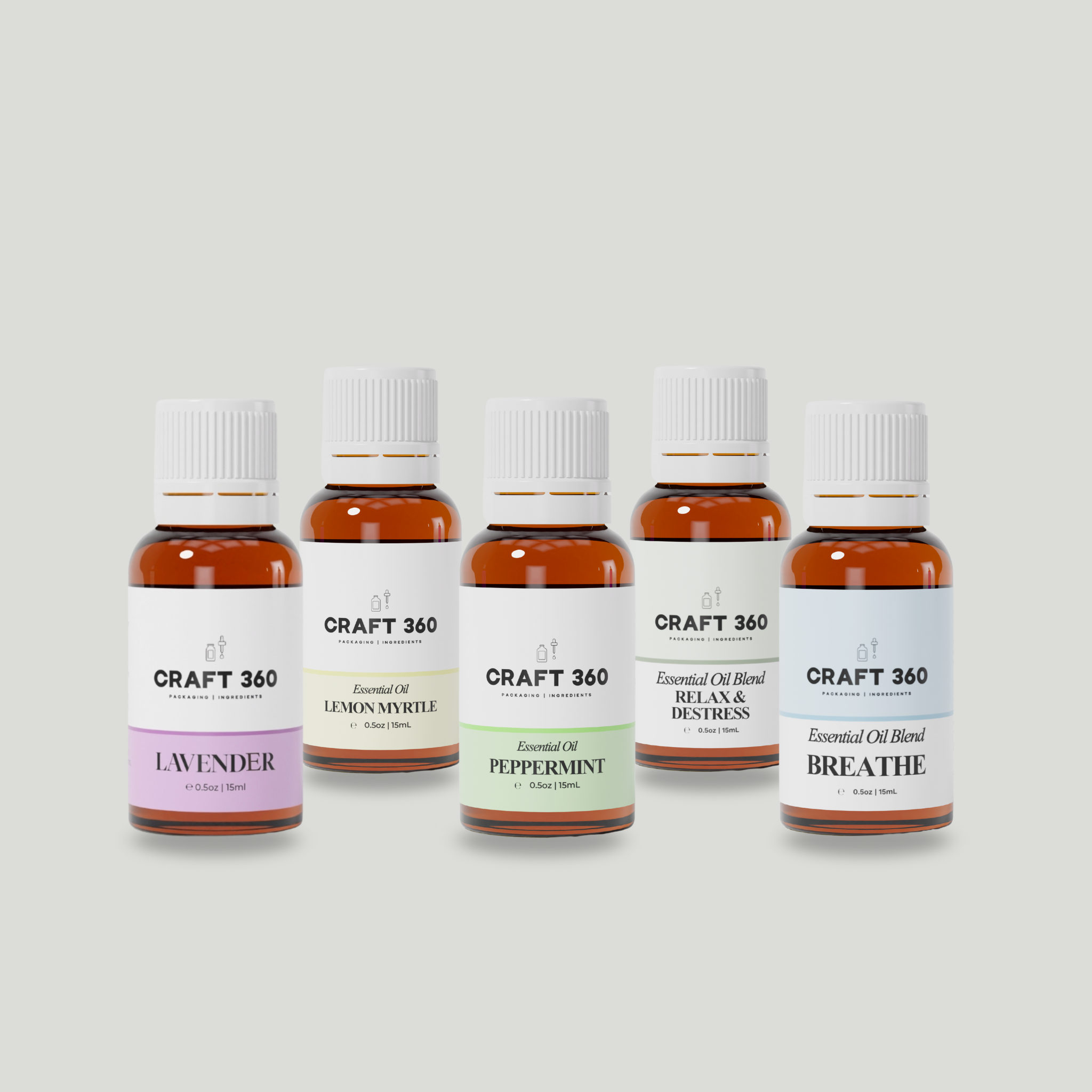10 minute read
Before serums and skincare routines, before product shelves and actives, your skin already had a built-in support system.
It made its own moisturiser. It protected itself.
And at the heart of that protection was a little-known lipid called squalene.
We often see its name in ingredient lists, sometimes as squalene, sometimes as squalane. But what is it really? Why is it special? Why does it show up in the most luxurious facial oils and the gentlest baby balms?
This guide walks you step by step through the story, science, and practical uses of squalene. Whether you're a formulator or a skincare lover, you'll walk away understanding not just how to use it but also why it’s worth using.
Here’s What You’ll Learn
- What is Squalene?
- Why Is Squalene So Special?
- The Origins: From Shark Livers to Olive Groves
- How Olive Squalene Is Extracted
- Squalene vs. Squalane: What’s the Difference?
- Squalene vs. Squalane Comparison Table
- A Formulator’s Guide to Using Squalane
- Who Should and Shouldn’t Use It
- Shelf Life and Labelling
- FAQs
- Final Thoughts
What is Squalene?
Squalene is a natural lipid. It’s a light, oil-like substance that your body produces. It makes up around 12 to 13 percent of your skin’s sebum, the oily layer secreted by sebaceous glands.
This makes it biocompatible, meaning your skin recognises it as its own. It absorbs easily, feels smooth and non-greasy, and plays a vital role in helping your skin:
- Stay hydrated and supple
- Maintain a healthy upper skin layer
- Protect against environmental stressors
- Reduce moisture loss (TEWL)
However, like many natural compounds, squalene production declines with age, especially after 30. That’s when dryness, dullness, and sensitivity often begin.
By applying it topically, we’re simply supporting what the skin no longer produces in abundance.
Why Is Squalene So Special?

Imagine your skin barrier like a brick wall. The skin cells are the bricks, and lipids act as the mortar. Squalene is one of those lipids, sitting alongside ceramides, cholesterol, and fatty acids.
It plays a quiet but important role in:
- Sealing in moisture
- Softening the skin’s texture
- Defending against oxidative stress from UV exposure, pollution, and inflammation
The Origins: From Shark Livers to Olive Groves

Squalene was first discovered in shark liver oil, especially from deep-sea sharks that rely on it for buoyancy and survival in extreme conditions.
In fact, the name comes from the Latin word “Squalus,” meaning shark.
But this harvesting method proved both unsustainable and unethical. Fortunately, researchers discovered that plants, particularly olives, also contain squalene in significant amounts.
Today, olive-derived squalene is the industry standard for clean and ethical beauty. It offers:
- A vegan, cruelty-free alternative
- A sustainable by-product of olive oil refining
- Identical benefits to shark-derived squalene
How Olive Squalene Is Extracted
- Olives are harvested and cold-pressed to extract oil
- During refining, the unsaponifiable fraction (about 0.7 to 1 percent) is separated
- Squalene is isolated and purified from this fraction
- It can optionally be hydrogenated to produce squalane, the more stable form
Squalene vs. Squalane: What’s the Difference?
Squalene and squalane are often confused, but they serve very different purposes in formulation.
Squalene is the raw, unsaturated form of this lipid, naturally found in the skin’s sebum. While it is bioactive and quickly absorbed, it oxidises easily. This shortens its shelf life and can make it unstable in finished products.
Squalane, however, is the hydrogenated, saturated version. This process makes it more stable and less reactive, increasing its shelf life and allowing it to perform consistently across different formulations.
Squalene vs. Squalane Comparison Table

| Property | Squalene | Squalane |
|---|---|---|
| Chemical structure | Unsaturated hydrocarbon | Saturated hydrocarbon |
| Oxidation risk | High | Very low |
| Stability | Low | Very high |
| Shelf life | 6 to 12 months | 2 to 3 years |
| Texture | Silky, rich | Light, dry-touch |
| Absorption | Fast | Very fast |
| Scent and color | Mild, yellowish | Odourless, clear |
| Comedogenic rating | 0–1 (non-comedogenic) | 0–1 (non-comedogenic) |
A Formulator’s Guide to Using Squalane
- Facial oils and antioxidant serums
- Creams and soothing balms
- Lip balms and under-eye treatments
- Scalp and beard conditioning oils
- Sensitive skin and baby care products
Ideal Usage Rates

| Product Type | Recommended Percentage |
|---|---|
| Emulsions (lotions/creams) | 0.5 to 5% |
| Facial oils or serums | 5 to 15% |
| Lip balms and ointments | 3 to 10% |
| Scalp or beard oils | 5 to 12% |
| Luxury soaps (superfat) | 1 to 2% at trace |
Who Should and Shouldn’t Use It
- Dry, dull, or mature skin
- Dehydrated or tight skin
- Sensitivity-prone skin
- Acne-prone or oily skin
- Baby and post-treatment skincare
Shelf Life and Labelling
| Aspect | Squalane |
|---|---|
| Shelf life | 2 to 3 years from manufacture |
| INCI labelling | Squalane |
| Natural/Organic Use | Yes, certification dependent |
| Common Claims | Plant-derived, non-comedogenic, lightweight |
FAQs
- Is squalane safe to use around the eyes and lips? Yes, it is gentle and non-irritating.
- Can I use squalane in water-based products? Only with a solubilizer, as it’s oil-soluble.
- Is squalane considered a luxury ingredient? Yes, widely used in premium skincare.
- What skin types benefit the most? All skin types — especially dry, sensitive, or mature.
Final Thoughts
Squalene is more than just another skincare oil. It is a lipid your skin already knows.
By choosing olive-derived squalane, you embrace a stable, gentle, and highly compatible ingredient that performs beautifully in clean and effective skincare formulations.
References
- Popa, O. et al. (2015). Squalene – Natural Sources, Extraction and Applications, Farmacia
- NIH: PMC6253993 – Squalene and Skin Barrier Lipids
- Kim, S.K., & Karadeniz, F. (2012). Biological Importance of Squalene and Squalane
- The Minimalist Blog: Squalane vs Squalene



